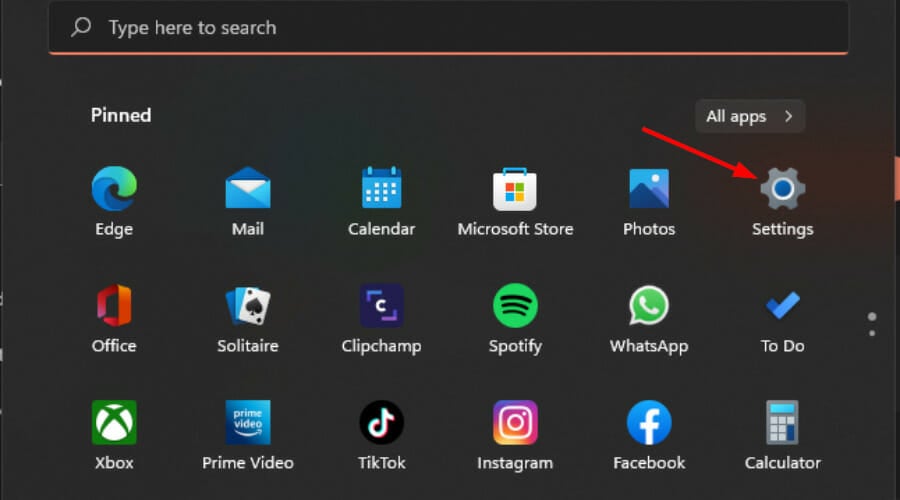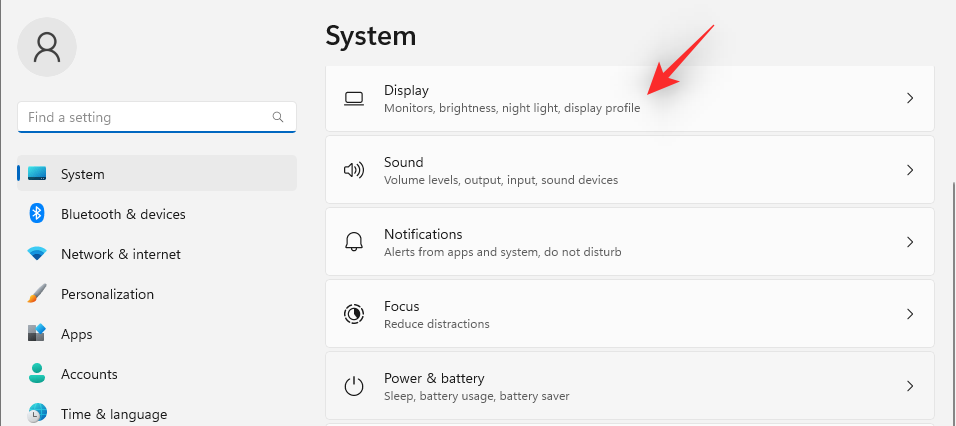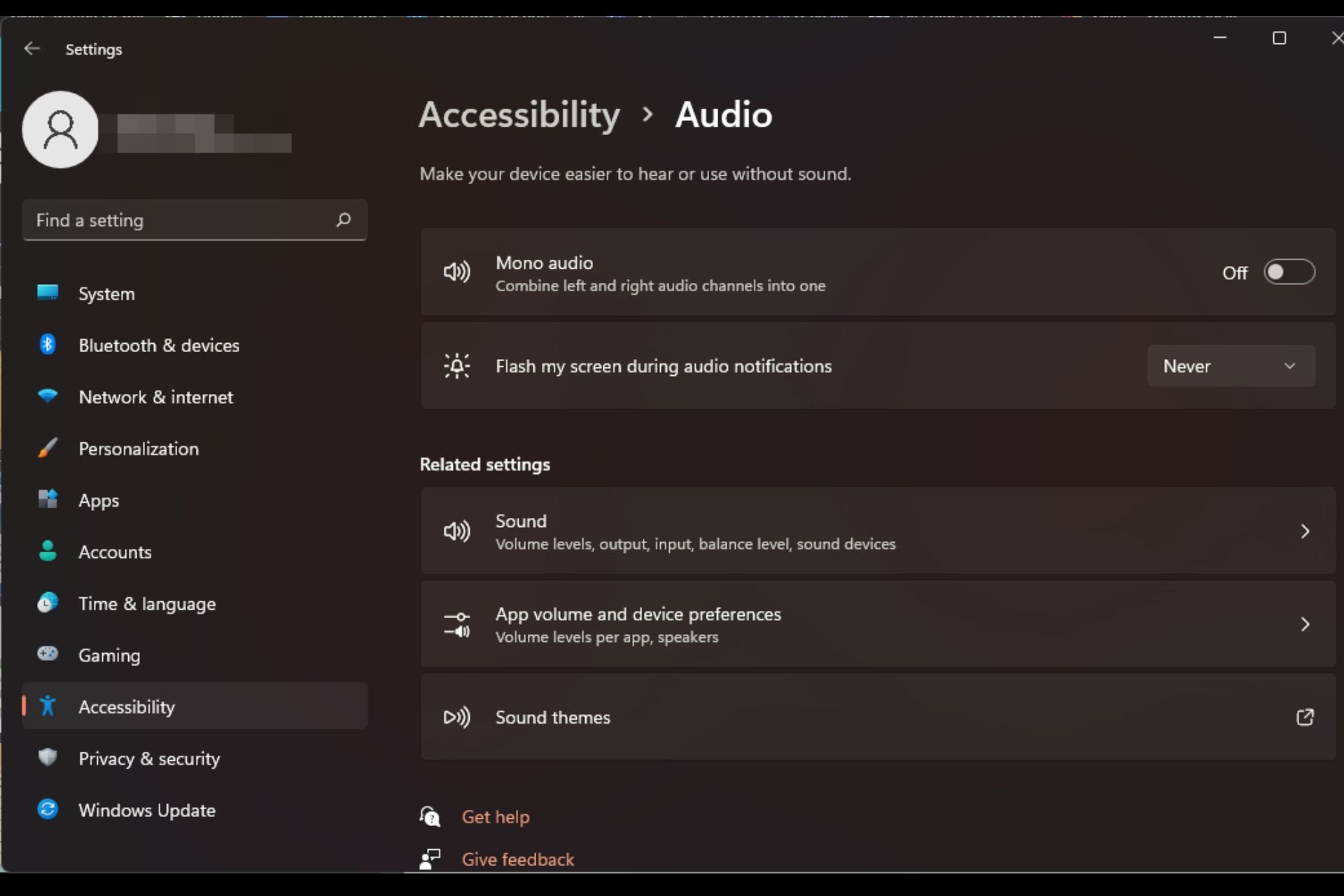 Hardware Tutorial
Hardware Tutorial Hardware Review
Hardware Review Is 'bone-bone hybrid' the endgame for bone conduction headphones?
Is 'bone-bone hybrid' the endgame for bone conduction headphones?When it comes to sports headphones, Shaoyin is a brand that cannot be avoided.
Since launching the first-generation bone conduction Bluetooth headset Bluez in 2013, Shaoyin has kicked off the development of consumer bone conduction headsets in China. Titanium, launched in 2015, and Aeropex, launched in 2019 (subsequently upgraded to OpenRun), have repeatedly made their mark on the market due to their product strength, making consumers realize that bone conduction headphones are no longer just for "listening" or just for use during exercise. "Specialized headphones", but a piece of digital equipment that can be worn comfortably throughout the day.
On August 20, 2024, Shaoyin officially announced its latest flagship sports headphones OpenRun Pro 2. You must know that the OpenRun Pro released two years ago has taken the high-end bone conduction sports earphones to a whole new level. This new flagship sports earphones can compete in open true wireless just like the OpenRun Pro did back then. Will headphones prove themselves in this era of turmoil? Now I would like to share the experience sharing of OpenRun Pro 2 from Lei Technology.
Before sharing, let us first take a look at some of the conditions of previous bone conduction headphones.
What are the pain points of bone conduction headphones?
Two years ago, the OpenRun Pro released by Shaoyin was ahead of competitors’ products in terms of listening and wearing comfort, but compared with other open-back headphones, bone conduction The "close-fitting" nature of headphones still brings some challenges to the product experience.
First of all, in order to ensure effective bone conduction fit, OpenRun Pro always exerts a compressive force on the user's ears, which is especially useful for users with a head circumference of 62cm or more. It's more obvious.
Secondly, although Shaoyin has made special adjustments to the OpenRun Pro unit, the sound of bone conduction headphones still sounds somewhat different from traditional air conduction headphones.
Shaoyin was also aware of these two problems, so it later launched the highly acclaimed open-back in-ear headphones OpenFit and OpenFit Air. But is it possible to combine the strengths of OpenRun Pro and OpenFit to create a product that has both ear-friendly sound quality and the advantages of bone conduction?

Image source: Lei Technology
This is what OpenRun Pro 2 is Nativity background.
Has the "backbone" to refuse mediocrity in sound quality
Xiao Lei has a habit when trying headphones, listen first Look at the sound parameters again, this can avoid "brain amplification" enhancement. The first time I heard the sound of OpenRun Pro 2, I gave this headset a very high evaluation - the sound of OpenRun Pro 2 does not sound like the sound of bone conduction headphones:
No matter in terms of frequency response range, sound distortion or detail retention, the performance of OpenRun Pro 2 far surpasses OpenRun Pro or any bone conduction headphones. It is completely normal. The sound of earphones cannot be transmitted into the ears; but in the mid-to-high frequency part, OpenRun Pro 2 retains the feeling of bone conduction headphones. Even in noisy environments, the sound of OpenRun Pro 2 will not be masked.
With a doubtful attitude, I found the information about OpenRun Pro 2. Sure enough, OpenRun Pro 2 is a dual-unit "hybrid" headset - Shaoyin Call it DualPitch.

Image source: Shokz 韶音
To put it simply, OpenRun Like the multi-unit headphones commonly used by Hi-Fi players, the Pro 2 uses a multi-unit digital crossover solution. However, OpenRun Pro 2 does not use "ring iron", but a combination of elliptical air conduction unit and bone conduction unit. Interestingly, Xiaolei’s “bold guess” when he bought Aeropex in 2019 did not come true—the bone conduction unit of OpenRun Pro 2 is responsible for the mid-to-high frequency area, while the air conduction unit is responsible for the low-frequency area.
But soon, OpenRun Pro 2 dispelled my concerns with its actual performance.
In the bass test track "BOOM", OpenRun Pro 2 well explains what "just right" bass performance is. Different from the rigid low frequency that simply uses bone conduction units to achieve "bone impact" and "quantity first, quality later", the bass quality of air conduction is obviously more natural and excellent, without overpowering the head.

Image source: Ray Technology
Mid-frequency and high-frequency parts , the sound of OpenRun Pro 2 is slightly loose and not as concentrated as Beats Fit Pro, but it is still tighter than most bone conduction headphones, and there is almost no distortion caused by unit vibration.
In response to the situation where the bone conduction unit and the air conduction unit are offset and out of sync at different volumes, Shaoyin has also developed the Shokz OpenBass 2.0 algorithm, which can adjust the sound according to the full-frequency volume in real time. The sound of the bone conduction and air conduction units is compensated to reduce the sound changes of the headphones at different volume levels and improve the overall listening experience.
Speaking of volume, you may be worried about the sound leakage of OpenRun Pro 2. After all, in the past, bone conduction headphones and non-in-ear headphones have faced sound leakage problems. If the "bone dual unit" OpenRun Pro 2 is directional If the sound field is not done well, it is no different than hanging two speakers around your neck.

Image source: Lei Technology
Fortunately, Shaoyin It has always had a good performance in sound leakage control: OpenRun Pro 2 will have distinguishable sound leakage at 100% volume, but at normal 75% volume, only when the other party comes close to the front and enters the The sound of the headphones can only be detected after a "rude" distance.
Xiao Lei also tried using OpenRun Pro 2 in the car, and its sound leakage control performance was even better than that of a high-end new energy headrest speaker.
There is another small detail worth mentioning on OpenRun Pro 2: Shaoyin finally gave up the "ancestral" magnetic charging interface and switched to USB-C and waterproof Regarding the plug-in charging method, I don’t know if other product lines of headphones will follow suit.

Image source: Lei Technology
In addition to sound, wearing experience It can be called excellent
Although the sound scheme of OpenRun Pro 2 has changed significantly compared with the previous generation, in other aspects, OpenRun Pro 2 still retains Shaoyin’s High quality level:
The soft silicone-wrapped body is soft and non-slip, making it stable to wear even if you sweat during exercise; the 4-degree tilt design not only optimizes the directional sound field The performance of the headphones also improves the fit of the headphones; the slim and curved ear hooks not only do not block the ears, but also leave space for the glasses legs; the iconic titanium alloy-coated silicone ear hooks + rear hooks make OpenRun Pro 2 unique The same excellent and comfortable wearing experience as other Shaoyin products.
However, Xiaolei still found a "regret" about OpenRun Pro 2: Like the previous generation of OpenRun Pro, Shaoyin also prepared standard and mini versions for OpenRun Pro 2 There are two sizes, among which the mini version has a 21mm shorter back hook, so users with small head sizes will not feel loose when wearing it.

Image source: Lei Technology
But for Xiao Lei For users with large head circumference (63cm), the standard version is indeed not enough. Take Xiaolei, who wants to buy a BELL XXL model of helmet, as an example. When wearing it normally and raising his head, the earphones will be pulled behind his neck because they are "not long enough". Although there are not many users who need the XL size, it would be better if OpenRun Pro 2 had an XL size option.
In addition, since the earphones always have a bone conduction part, the two sides still have to be close to the skin. After wearing them for a long time, there will still be "pressure" on both sides. Feel. This situation can be felt by both Xiaolei with a large head circumference and colleagues who need to use mini models. It can only be said that under the limitations of current bone conduction technology, it is amazing that Shaoyin OpenRun Pro 2 can achieve this level.
Is “bone fusion” the endgame for bone conduction headphones?
From a product perspective, OpenRun Pro 2 is obviously an excellent product with no flaws. From an industry perspective, the emergence of OpenRun Pro 2 does illustrate the current problems encountered by bone conduction headphones.
The popularity of the concept of bone conduction headphones is inseparable from sports elements, but too much focus on the sports market also makes it difficult for bone conduction headphones to break out of the industry. Shaoyin has also been trying to apply bone conduction earphone technology to categories other than sports earphones in the past few years, but with little success. After all, bone conduction earphones have natural disadvantages in sound performance. If you don’t have strong sports needs, Users generally don’t make trade-offs on sound quality.
But non-in-ear headphones do not have this problem. Take Shaoyin’s own OpenAir as an example. This non-in-ear headphones with excellent sound and comfortable wearing have swept the market since its release. Establishing the category of in-ear headphones has not only gained its own loyal users, but has even threatened the status of bone conduction headphones in the field of sports headphones.

Image source: Lei Technology
As for OpenRun Pro 2 as a bone The new benchmark for conductive headphones, its "bone conduction + air conduction" design, in my opinion, is a preview of the future development direction of bone conduction headphones - using "hybrid" to "self-rescue".
The "bone hybrid" solution not only makes up for the disadvantages of traditional bone conduction headphones in sound performance, but also maintains the uniqueness of bone conduction headphones in sports and outdoor scenes. Advantages. It is undeniable that this kind of "hybrid" is indeed somewhat complicated, which will not only increase the overall cost, but also place higher demands on the brand's technical reserves.
But from the perspective of user experience, in the face of better and more versatile in-ear headphones, if bone conduction headphones want to hold on to their own market, they must take the initiative to seek change and find ways to improve those "industries that have existed since ancient times" Common problem". Fortunately, the emergence of OpenRun Pro 2 has set an excellent example for the bone conduction headphone industry. As for whether the bone conduction headphone market can seize the opportunity of "hybrid", I believe we will see the answer soon.

The above is the detailed content of Is 'bone-bone hybrid' the endgame for bone conduction headphones?. For more information, please follow other related articles on the PHP Chinese website!
 Win11如何调节音频平衡?(Win11调整音量的左右声道)Feb 11, 2024 pm 05:57 PM
Win11如何调节音频平衡?(Win11调整音量的左右声道)Feb 11, 2024 pm 05:57 PM在Win11电脑上听音乐或看电影,如果扬声器或耳机听起来不平衡,用户可以根据自己的需求手动调整平衡级别。那么我们要如何调整呢?针对这个问题,小编带来了详细的操作教程,希望可以帮到大家。如何在Windows11中平衡左右音频通道?方法一:使用“设置”应用点击键并单击设置。Windows单击系统,然后选择声音。选择更多声音设置。单击您的扬声器/耳机,然后选择属性。导航到“级别”选项卡,然后单击“余额”。确保“左”和
 Bose Soundbar Ultra首发体验:开箱即用的家庭影院?Feb 06, 2024 pm 05:30 PM
Bose Soundbar Ultra首发体验:开箱即用的家庭影院?Feb 06, 2024 pm 05:30 PM从我记事开始,家里就有一对落地式的大尺寸音箱,让我一直认为电视只有配上一套完整的音响系统才能称得上是电视。但是刚开始工作的时候,我买不起专业的家庭音响。经过查询和了解产品定位后,我发现回音壁这个品类非常适合我,不论是音质、体积还是价格都符合我的需求。因此,我决定选择回音壁。精挑细选后,我选中了2024年初Bose推出了这款全景声回音壁产品:Bose家庭娱乐扬声器Ultra。(图片来源:雷科技摄制)一般来说,想要体验到「原汁原味」的杜比全景声效果,需要我们在家中布置一套经过测量、校准的环绕声+吊顶
![调整 Windows 11 上的音频平衡 [左右声道] 的方法](https://img.php.cn/upload/article/000/000/164/169641822765817.jpg) 调整 Windows 11 上的音频平衡 [左右声道] 的方法Oct 04, 2023 pm 07:17 PM
调整 Windows 11 上的音频平衡 [左右声道] 的方法Oct 04, 2023 pm 07:17 PM如果您在Windows计算机上听音乐或看电影,您可能已经注意到一侧的声音比另一侧大。这可能是音频设备的默认设置。幸运的是,调整系统的音频平衡相当容易。本文将介绍执行此操作的步骤。为什么我的耳机一侧在Windows11上更安静?大多数情况下,问题可能是耳机未紧密插入或连接松动。此外,如果耳机插孔损坏,您的声卡问题或音频设备受到干扰,您会注意到声音的差异。另一个原因可能是因为它们内部的布线。电线可能已经松动或彼此断开,这会导致耳机不同部分之间的通信出现问题。如何在Windows11中平衡左右音频通道
 7种方法来在Windows 11上重新设置声音设置Nov 08, 2023 pm 05:17 PM
7种方法来在Windows 11上重新设置声音设置Nov 08, 2023 pm 05:17 PM虽然Windows能够管理电脑上的声音,但您可能仍希望干预和重置声音设置,以防您遇到音频问题或故障。然而,随着Microsoft在Windows11中所做的美学变化,将这些设置归零变得更加困难。因此,让我们深入了解如何在Windows11上查找和管理这些设置或重置它们以防出现任何问题。如何以7种简单的方式重置Windows11中的声音设置以下是在Windows11中重置声音设置的七种方法,具体取决于您面临的问题。让我们开始吧。方法1:重置应用的声音和音量设置按键盘上的按钮打开“设置”应用。现在点
 如何在 Windows 11 上快速启用或禁用单声道音频Sep 22, 2023 pm 06:29 PM
如何在 Windows 11 上快速启用或禁用单声道音频Sep 22, 2023 pm 06:29 PM如果您的某个扬声器出现故障且不再工作,您的音质将受到影响。立即更换它可能不是一种选择,但您可以启用单声道音频设置以获得标准化的声音输出。但是,默认情况下它是禁用的,因此以下是在Windows计算机上将左右通道合并为一个的方法。打开或关闭单声道音频更好吗?这取决于情况。如果您有很多背景噪点或拍摄对象移动太多,那么单声道声音可能是您项目的最佳选择。但是,如果您想要更好地控制声音或每个小声音都很重要的身临其境的体验,立体声模式将是一个更好的选择。单声道音频有哪些好处?听音频不需要太多的注意力。听起来更
 realtek高清晰音频管理器如何设置麦克风Jan 02, 2024 am 09:33 AM
realtek高清晰音频管理器如何设置麦克风Jan 02, 2024 am 09:33 AMwin10系统是一款可以进行各种设置和调节的系统,今天小编为大家带来的就是realtek高清晰音频管理器怎么设置麦克风的解决办法!感兴趣的话就快来看看吧。realtek高清晰音频管理器怎么设置麦克风:1、在桌面左下角的显示隐藏图标中找到“realtek高清晰音频管理器”图标。2、点击进入界面中,首先看到的是“扬声器页面”,这个界面可以通过喇叭组态调整喇叭的声音。3、接着是音效,你可以选择自己想要的音效的环境以及“均衡器,流行、摇滚、俱乐部”等等。4、接着是室内矫正音质,室内空间矫正只能够矫正在“
 如何启用Win11音频增强功能Jan 26, 2024 am 10:54 AM
如何启用Win11音频增强功能Jan 26, 2024 am 10:54 AM有一些小伙伴反映自己电脑中的声音即使开到了最大,音量依旧偏小,这时就可以将系统中的增强音频功能打开,那么具体应该怎么操作呢,接下来小编就给大家详细介绍一下Win11增强音频的打开方法,有需要的小伙伴可以来看一看。打开方法:1、右击左下角任务栏中的开始,选择选项列表中的"设置"。2、进入到新的界面后,点击"系统"中的"声音"选项。3、随后点击"高级"中的"所有声音设备"。4、然后选择"输出设备"中的"耳机"或者"扬声器"。5、最后找到"增强音频",并将其右侧的开关按钮打开就可以了。
 启用win7音频服务的方法Jul 10, 2023 pm 05:13 PM
启用win7音频服务的方法Jul 10, 2023 pm 05:13 PM计算机有许多系统服务来支持各种程序的应用。如果电脑没有声音,在排除硬件问题的情况下,大部分音频服务都没有打开,那么win7如何启用音频服务呢?许多朋友比较模糊,所以针对如何启用win7音频服务的问题,下面小编介绍win7音频服务的启用方法。启用win7音频服务的方法。1.在Windows7系统下的计算机桌面上找到计算机,右键选择管理选项。2.在打开的计算机管理界面中找到并打开服务和应用下的服务项目。在右边的服务界面上找到WindowsAudio双击打开修改。4.切换到常规项目,点击启动开启功能。


Hot AI Tools

Undresser.AI Undress
AI-powered app for creating realistic nude photos

AI Clothes Remover
Online AI tool for removing clothes from photos.

Undress AI Tool
Undress images for free

Clothoff.io
AI clothes remover

AI Hentai Generator
Generate AI Hentai for free.

Hot Article

Hot Tools

Zend Studio 13.0.1
Powerful PHP integrated development environment

Dreamweaver CS6
Visual web development tools

EditPlus Chinese cracked version
Small size, syntax highlighting, does not support code prompt function

ZendStudio 13.5.1 Mac
Powerful PHP integrated development environment

SublimeText3 Linux new version
SublimeText3 Linux latest version






